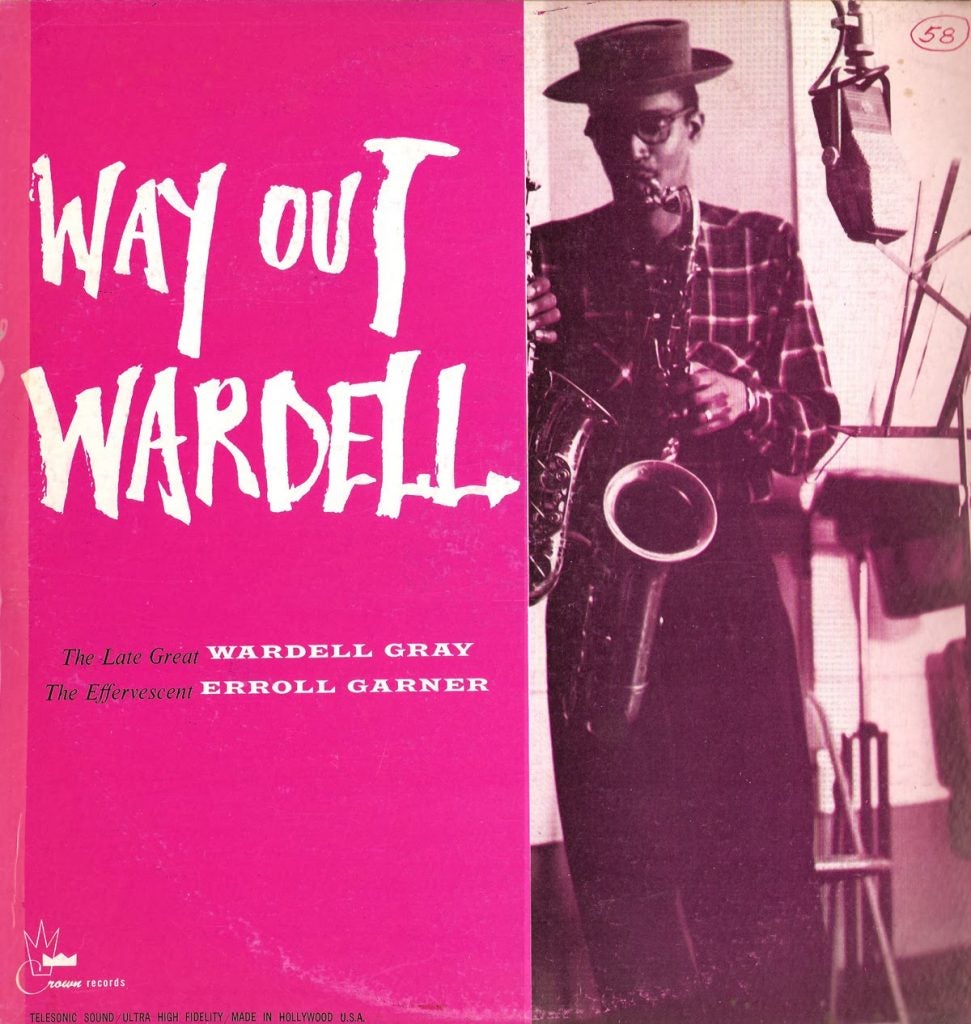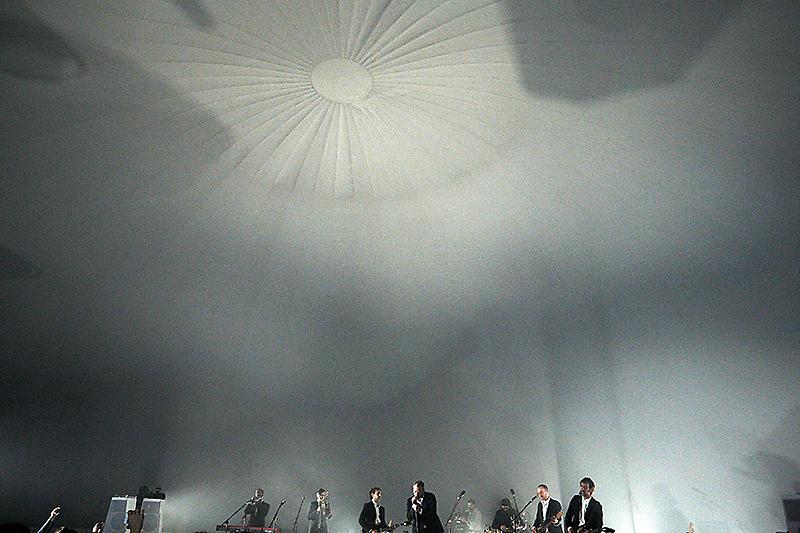Jazz Reality and Fiction: The Bright Comet of Wardell Gray
The tired image of the guy with the horn smoking the cigarette on the street corner, the muted trumpet moment on the movie soundtrack–these tropes have inured us to the actual sound of jazz, but stop for a second and listen. Really listen. Solos like Gray’s and Parker’s are the kind that make the impossible seem casual. They’re the skateboarder doing a crazy triple flip on a ramp despite gravity, before we’d seen that a thousand times. They’re the first moon landing and the millions of people watching the event on TV from their living room sofas. They’re an unscripted feat that pushed the limits of what music could be.
Jazz Reality and Fiction: The Bright Comet of Wardell Gray Read More »
The tired image of the guy with the horn smoking the cigarette on the street corner, the muted trumpet moment on the movie soundtrack–these tropes have inured us to the actual sound of jazz, but stop for a second and listen. Really listen. Solos like Gray’s and Parker’s are the kind that make the impossible seem casual. They’re the skateboarder doing a crazy triple flip on a ramp despite gravity, before we’d seen that a thousand times. They’re the first moon landing and the millions of people watching the event on TV from their living room sofas. They’re an unscripted feat that pushed the limits of what music could be.








